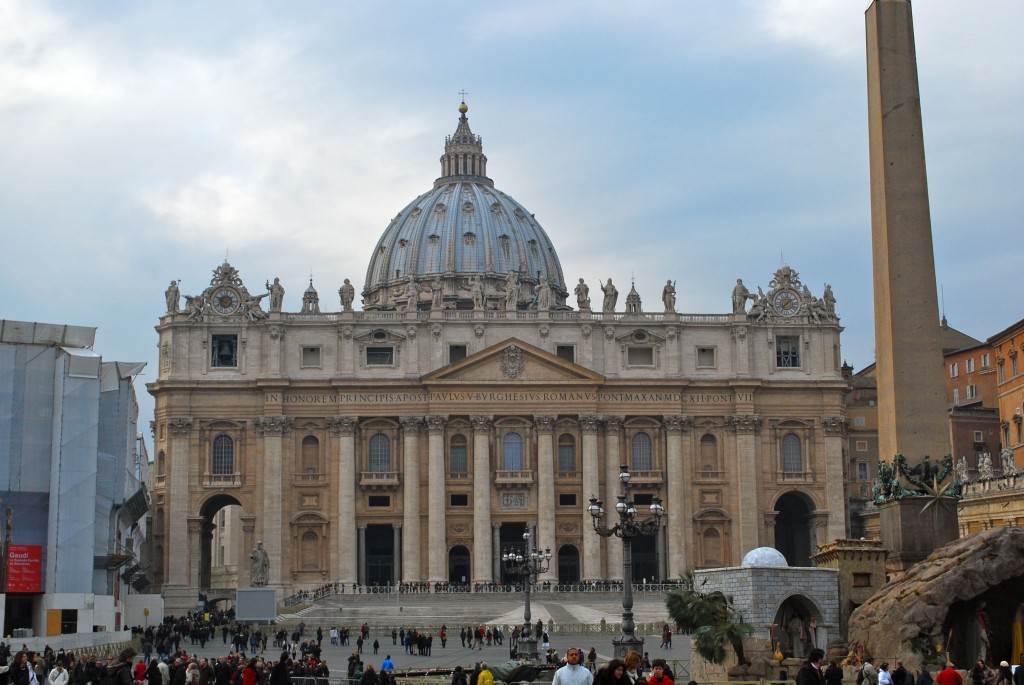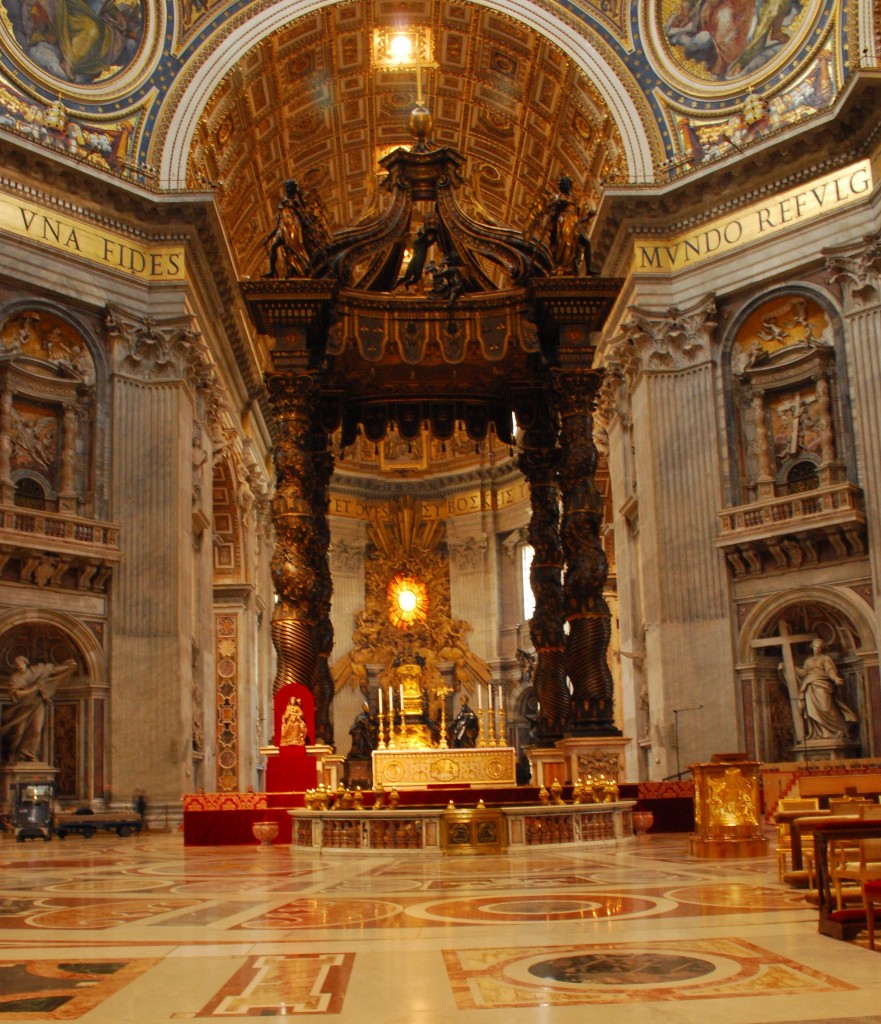What Lies Beneath
I stepped through a narrow passageway and into a small room with thick stone walls. The warm, humid air weighed on my lungs with the mustiness of centuries past. The tour guide, a thin young man from California with Harry Potter glasses, who was living in Rome to study Latin, led the group past rows of pagan crypts, and as I peered through the openings that had been cut away in the stone, I saw some had hollowed-out spaces in the walls for crematory urns, while others housed elaborately carved sarcophagi. The guide shared the detailed history of the site, from 64 A.D. when Saint Peter was killed on the Vatican Hill, to 329 A.D. when the original St. Peter’s cathedral was built on land that once contained the Circus of Nero, to the 1500s when the current Basilica was designed by Renaissance artists including Raphael, Leonardo DaVinci, and Michaelangelo. I was astounded to see mosaics and frescoes from thousands of years ago, remarkably preserved and with still-vibrant colors, lining the walls and floor of one of the tombs, and intricate stone carvings in another, which we were told was the tomb of the Valerii family. The guide pointed to holes in the walls of one particular room and said that in ancient times it was customary for families to sit atop the crypts and share a meal to honor their deceased relatives. They would pour wine through holes in the roof “to nourish the souls of the dead.” I thought it sounded like a lovely tradition.

My husband and I were on a tour of the necropolis under St. Peter’s Basilica. While researching tours before our trip to Rome, I came across a blog that mentioned this little-known opportunity, which is different than the usual “crypts and catacombs” tours available in the city (unfortunately, I haven’t been able to find it again to provide a link, but you can read other reviews on TripAdvisor). The Ufficio Scavi (Excavations Office) of the Vatican occasionally offers tours for a limited number of people – about 250 each day – to visit the the archaeological site underneath the Basilica. The necropolis was discovered in the 1940s during an excavation performed to build grottoes underneath the church. If you’d like to take the tour, you must email the office with the dates you’ll be in Rome, the number in your party (participants must be at least 15 years old), and your preferred language, and they let you know which date and time you will be able to take a tour. The cost is 12 euros per person.
I had been looking for this kind of uncommon experience, and not knowing if I’d even get a reply (I’ll be honest – I was skeptical), I emailed the excavations office with a request. After a few days, I received a reply with our tour date, information to confirm our reservation with payment, and a list of rules (as is the case for visiting St. Peter’s, men and women must follow the dress code and have their shoulders and knees covered).

The tour takes visitors three levels below the current altar of St. Peter, where you can see part of the original shrine (the Trophy of Gaius, which was built around 200 A.D.), as well as what are believed to be his actual remains.
This tour is a pilgrimage for some, and even though I’m not Catholic, I found it to be a fascinating lesson in culture and history. We emerged from the tour into the Vatican Grottoes, where many of the past popes are entombed. We joined the sea of tourists flowing upwards to the opulent cathedral above. The contrast between the vast basilica, with its gilded statues, intricate marble floors, and soaring arched ceilings, and the cramped, stone-walled, necropolis three levels below, was startling. I looked around and realized that most of the tens of thousands of tourists that visit St. Peter’s each day will never experience the rich history that lies beneath.